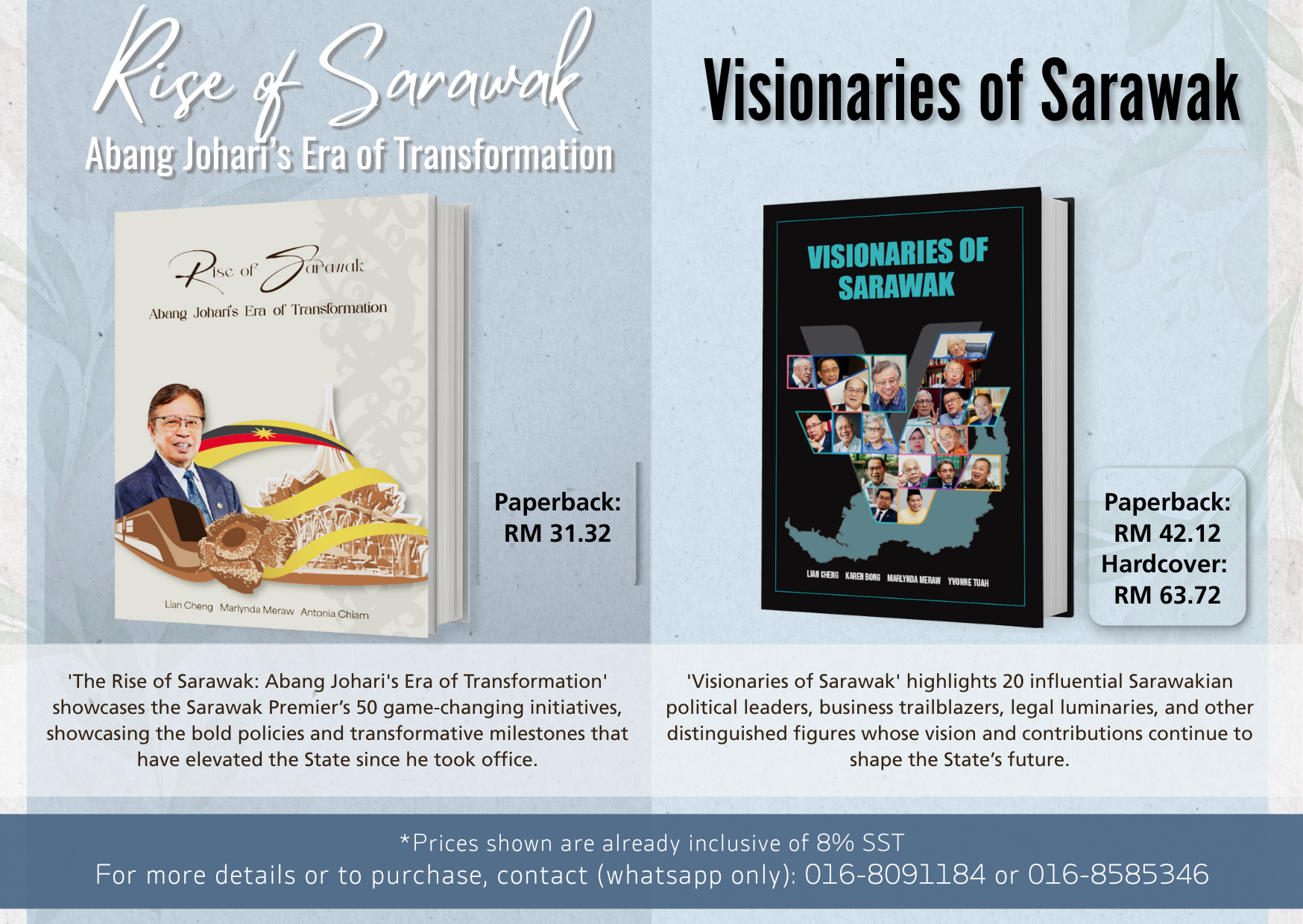
The Healing Thunder Tea
In the heart of Sarawak’s culturally diverse landscape, Thunder Tea, also known as Lui-Cha, holds a special place as a symbol of tradition and familial bonds.
My journey with this unique dish began in my grandmother’s kitchen, where Ah Ma, as I affectionately called her, would don her apron every Sunday to prepare it.
Ah Ma’s kitchen was more than just a space for cooking; it was a sanctuary of tradition and warmth.
With each strike of the pestle on tea leaves, mint, basil, sawtooth coriander, mugwort, Japanese perilla, anchovies, peppercorns and peanuts in her mortar, she filled the room with the rich aroma of Thunder Tea.
The Japanese perilla, with its distinct, slightly spicy flavour, added an intriguing depth to the mix. The vibrant colours and fragrant scents were a sensory embrace, drawing me into the ritual.
Alongside the Thunder Tea rice, Ah Ma would serve an array of side dishes that made the meal a complete delight. Freshly chopped kai lan (Chinese broccoli) added a slightly bitter, crisp texture, while long beans contributed a fresh, crunchy element.
Hard tofu cubes absorbed the rich flavours of the broth, and star gooseberry leaves, with its sweet and slightly earthy taste, rounded out the medley. Chinese leek added a subtle, aromatic hint, while hard tofu provided a firm, satisfying bite.
This combination of vegetables not only enhanced the dish’s nutritional value but also provided a delightful array of textures and flavours.
As a child, Thunder Tea initially puzzled me. Its verdant hue and blend of flavours seemed strange at first, but Ah Ma’s patient encouragement eventually led me to try it.
Gradually, I began to appreciate its complexity and depth, each sip revealing new layers of flavour.
As I grew older, I came to understand the health benefits of Thunder Tea. Its antioxidant-rich blend cleansed and revitalised my body, soothing my stomach and restoring balance to my digestive system.
The inclusion of herbs such as sawtooth coriander and Japanese perilla added anti-inflammatory properties, making it a holistic remedy for various ailments.
The accompanying vegetables, rich in vitamins and minerals, further contributed to its overall health benefits.
Thunder Tea became more than merely a meal; it was a source of vitality and well-being.
Since Ah Ma’s passing, Thunder Tea has assumed a deeper significance for me. It serves as a tangible link to my roots, a reminder of the love and traditions she instilled in our family.
Whenever I encounter Thunder Tea, whether at a bustling market or a cosy coffee shop, I am transported back to Ah Ma’s kitchen, where her love infused every bowl.
In Thunder Tea, I find comfort, connection, and a taste of home. It is a testament to the enduring power of love and family, a legacy that continues to nourish me both physically and emotionally. — DayakDaily
Lee Woon Jiun from Kuching is the Bronze Winner (Adult Category) in the ‘Gastronomy and I: My Favourite Dish’ writing competition organised by DayakDaily and supported by the Sarawak Ministry of Tourism, Creative Industry and Performing Arts, and Imperial Hotel Kuching.








